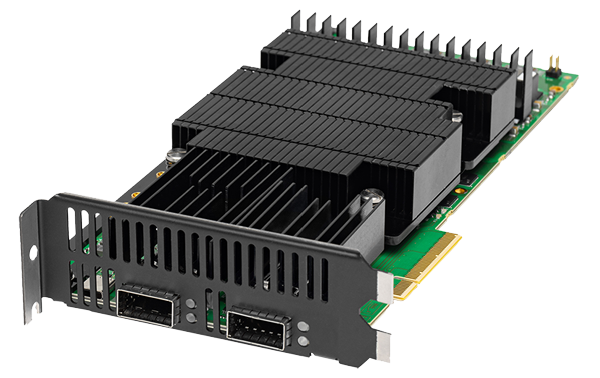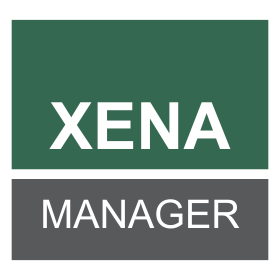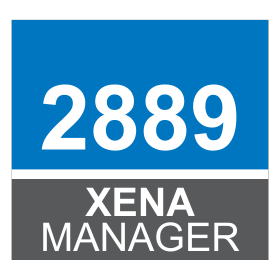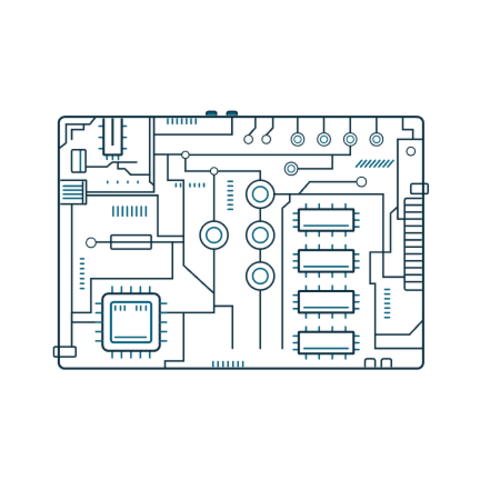Xena Networks - Z800 Freya for testing 10Gbps to 800Gbps 10/28/56/112G using NRZ/PAM4 SerDes Ethernet
Z800 Freya is the fastest of our high-speed Ethernet traffic generators. Named after the Nordic god of fertility, Z800 Freya supports testing of seven Ethernet speeds: 800GE, 400GE, 200GE, 100GE, 50GE, 40GE, 25GE and 10GE.
Speeds and technology
Z800 Freya supports 10G & 28G NRZ and 56G & 112G Pulse Amplitude Modulation (PAM4) SerDes. Z800 Freya is designed for 800G switch, transceiver and PHY design validation & Quality Assurance. Key features incl.:
- QSFP-DD800 and OSFP-800 supported
- Drives optical transceivers and DACs
- Auto-Negotiation and Link Training (AN/LT)
- Extensive L1 features
- Test automation via CLI/XOA
Hardware
There are 2 versions of Z800 Freya (see table below). Both can be used in Xena’s modular 4U B2400 chassis and our fixed 1U chassis.
Software
All Xena solutions includes user-friendly software to make it quick and easy to perform a multitude of relevant performance, QA, compliancy and functional testing: XenaManager, applications for automated RFC 2544, Y.1564, RFC 2889 and RFC 3918 testing, Xena OpenAutomation and XenaTimeSynch.
The Xena platform also includes Z10 Odin test modules for testing 10Mbps to 10G using NRZ, Z100 Loki test modules for testing 10G to 100G using NRZ, and Z400 Thor for testing 10 to 100G using NRZ and 100G to 400G using PAM4.
XM3 – Experience the Difference!
XenaManager 3 (XM3) is a new version of XenaManager loaded with UI improvements to make testing high-speed Ethernet even easier.
Initially, XM3 only supports testing with our Z800 Freya traffic generators but will later be extended to include all the other Ethernet test options now provided by XenaManager.
Included with R100, you can try XM3 now on our Live Demo System.
Link Training Process and Optimization
This technical note explains in detail how Z800 Freya tests the link training process to help you optimize the performance of 112G SerDes devices.
It covers: presets, coefficient values and step sizes, link training, Xena’s LT algorithm, how to test the performance of a DUT’s LT, algorithm, FIR filter, the relation between emphasis and tap coefficients, & coefficient settings in Z800 Freya.
Z800 Freya: versions for OSFP and QSFP-DD

|
Z800q Freya (shown above) |
||
|
Interfaces Port x Speed |
QSFP-DD800 112G SerDes (PAM4) 1 x 800GE 2** x 400GE 4** x 200GE 8** x 100GE 56G Serdes (PAM4) 1 x 400GE 2** x 200GE 4** x 100GE 8** x 50GE 25G/10G Serdes (NRZ) 2** x 100GE 4** x 50GE 2** x 40GE 8** x 25GE 8** x 10GE ** QSFP-DD module offers the option to provide connectivity in both 2 cages. If any of those modes are selected, the same interface configuration will be on all ports, and the ports will be shared across the 2 cages. For instance if the QSFP112 mode with 8 x 100G is chosen, 4 ports will be available in QSFP-DD cage and 4 ports will be available in the QSFP112 cage. |
OSFP 112G SerDes (PAM4) 1 x 800GE 1 x 400GE 2 x 200GE 4 x 100GE 56G Serdes (PAM4) 1 x 400GE 1 x 200GE 2 x 100GE 4 x 50GE 25G/10G Serdes (NRZ) 1 x 100GE 2 x 50GE 1 x 40GE 4 x 25GE 4 x 10GE |
|
XenaCompact |
✓ |
✓ |
|
XenaBay |
✓ (can only be installed in the B2400 chassis) |
✓ (can only be installed in the B2400 chassis) |












